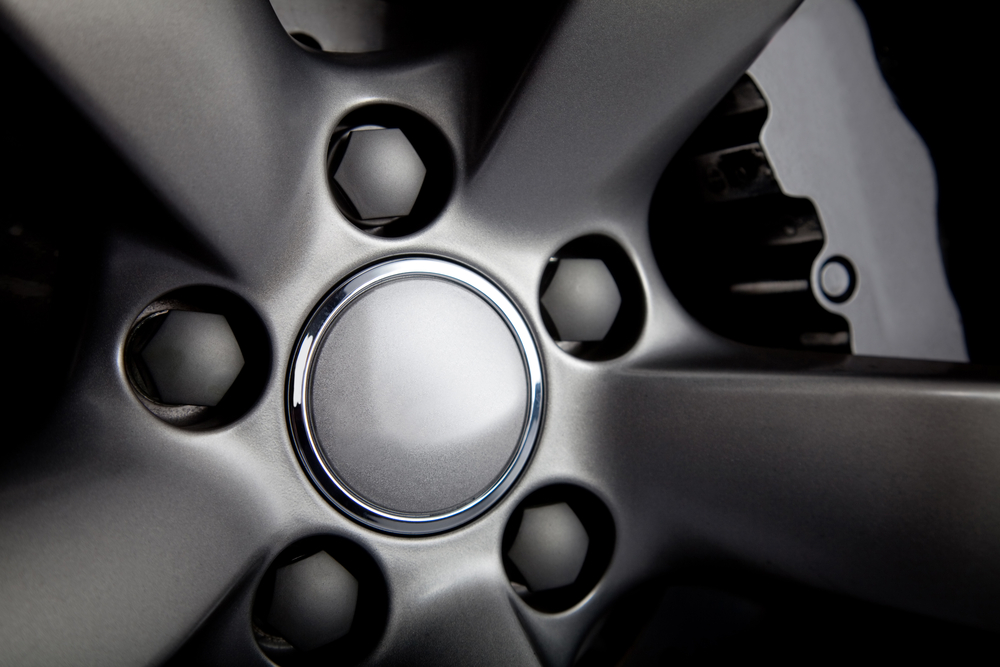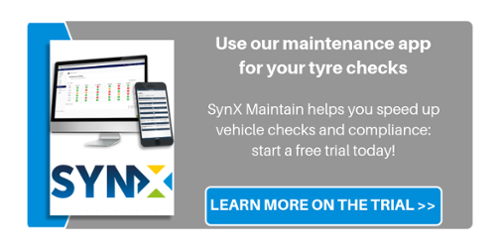
Michelin—one of the oldest and most popular tyre manufacturers in the world—has recently shared some tyre related tips on how to reduce fleet running costs. Combined savings resulting from the implementation of a series of actions on tyres could really make a difference to the bottom line and particularly for big fleets.
Here are some of the tips that Michelin recently shared about the impact of tyres on fleet costs:
#1 – Adjust driving habits. With driving style having such an important impact on fuel consumption, your drivers would be well advised to follow safe practices and keep a close eye on the status of your tyres. According to Michelin, drivers can adjust their habits to keep tyres in good condition for longer. What needs to be avoided is excessive braking or acceleration, or even constant stopping or starting that can lead tyres to wear faster.
#2 – Check tyre pressure. According to Michelin, running tyres even just a few psi below the recommended pressure will reduce fuel efficiency. Wheel alignment and tyre pressure are two must-checks that not only help with efficiency but also with safety. In 2017 it has been estimated that 384 car accidents in Britain were caused by illegal, defective or under-inflated tyres. Checking pressure and alignment also extends the tyre’s life—and yours!
#3 – Road surface. We sometimes cannot avoid travelling on substandard roads that might compromise our tyres, and potholes are unfortunately a constant issue; but an extra level of care when travelling on uneven road surfaces or speed bumps can certainly help increase the lifespan of your tyres.
#4 – Tread depth. Tyre treads also have direct impact on the performance and safety of a vehicle. By law, tyres must have at least 1.6mm of remaining tread depth, measured across the central three-quarters of the tyre and all the way round.
#5 – Replacement intervals. Paying attention to replacement intervals and substituting tyres when necessary can definitely lead to improved efficiency savings. If you have a consistent tyre check programme or check tyres on a regular basis as part of your walkaround checks routine, you will be able to establish when it is time to replace them in a timely manner.





